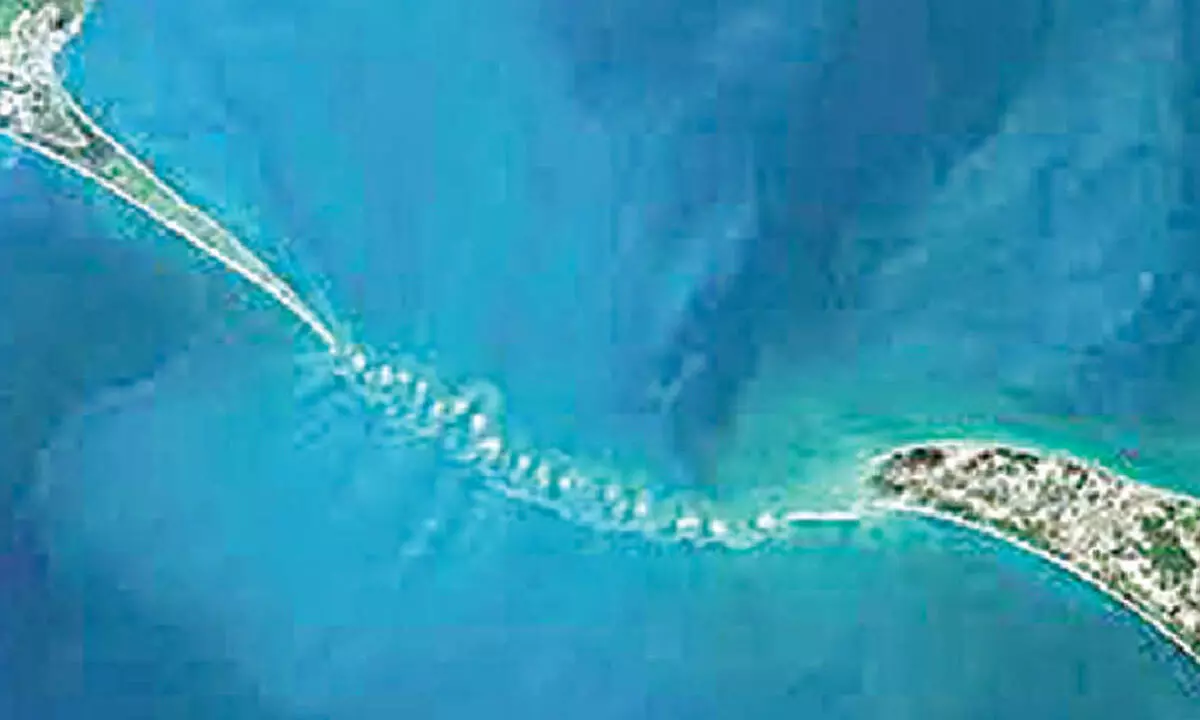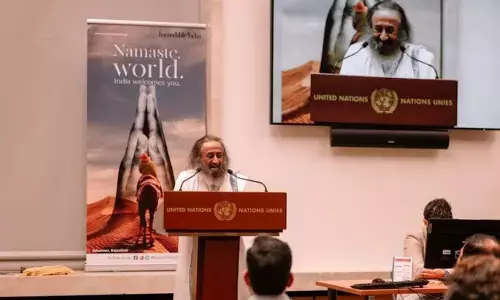Stop calling it mythology: Bharat’s ancient texts are not myths, supported by scientific evidence

Bharat’s ancient texts, often labeled as mythology, should not be dismissed as mere folklore
Bharat’s ancient texts, often labeled as mythology, should not be dismissed as mere folklore. A closer examination reveals that these texts—such as the Ramayana, Mahabharata, and the tales of Dwaraka—contain historical, cultural, and scientific insights, challenging the conventional Western classification of myth. While the term “mythology” suggests a lack of factual basis, growing archaeological, astronomical, and cultural evidence indicates that these narratives are deeply rooted in historical and empirical realities.
Underwater discoveries in Dwaraka, archaeological findings in Ayodhya, and the advanced astronomical knowledge in the Mahabharata all demonstrate that these texts are more than just stories; they are repositories of significant knowledge. Scholars and researchers continue to uncover evidence supporting the authenticity of these ancient accounts, prompting a re-evaluation of the term “mythology” Rather than being viewed as mere cultural artefacts, Bharat’s ancient texts should be recognised as invaluable sources of historical, scientific, and philosophical knowledge, bridging the divide between myth and history.
The Global Interest in Sanskrit and Bharat’s Knowledge Repositories
In recent years, there has been a growing global demand for Sanskrit scholars, particularly in foreign countries. This surge in interest is largely due to the vast repositories of knowledge that were once housed in Bharat but have since been scattered across the globe, often as a result of colonial theft. Many foreign scholars and researchers are now keen to decode and utilise the knowledge contained in ancient Sanskrit texts, recognising the scientific and philosophical advancements they represent. Bharat’s ancient texts cover a wide range of topics, from medicine and astronomy to philosophy and governance, making them valuable resources for modern scientific inquiry.
In the case of Ayodhya illustrates the intersection of mythology and history, demonstrating how ancient texts may hold historical truths. Ayodhya, regarded as the birthplace of Lord Rama in the Ramayana, has been a subject of debate and skepticism. However, archaeological excavations in the area have revealed remnants of ancient structures and artifacts that align with the descriptions in these texts. The discovery of citadels and urban structures supports the idea that Ayodhya was a thriving urban center in ancient times. These findings affirm the historical relevance of the Ramayana, prompting a re-evaluation of other so-called “mythological” narratives in Bharat.
Another compelling example is Dwaraka, the legendary city mentioned in the Mahabharata as Lord Krishna’s abode. For many years, it was considered a mythological city born from imagination. However, underwater excavations off the coast of Gujarat have unearthed a submerged city that corresponds to the descriptions of Dwaraka. Archaeologist Dr. S R Rao and his team found structures, artifacts, and urban layouts indicating that a highly advanced civilization once existed there. Sonar mapping has revealed stone formations that match descriptions in ancient texts, and carbon dating places these artifacts within the timeline of the Mahabharata. These findings substantiate the historical authenticity of Dwaraka, blurring the line between myth and history.
The Ramayana also offers historical significance, as archaeological and geographical studies validate its descriptions. Ayodhya’s identification as Lord Rama’s birthplace is supported by findings that match the ancient texts. Satellite imagery and geographical surveys have traced pathways described in the epic, further linking the narrative to real-world locations. Additionally, the case of the Ram Setu, a chain of limestone shoals between India and Sri Lanka, is notable. The Ramayana describes it as a bridge built by Lord Rama’s army to reach Lanka. While long dismissed as myth, geological and archaeological studies suggest that the bridge may have been altered by human activity. Dr. A.P.J. Abdul Kalam speculated that the Ram Setu could indicate an ancient civil engineering effort, adding credibility to the epic’s account.
Beyond archaeological evidence, Bharat’s ancient texts reveal a sophisticated understanding of astronomy and science. The Mahabharata contains descriptions of celestial events, suggesting that ancient Bharat possessed advanced astronomical knowledge. Modern studies of these astronomical phenomena have shown that many described events correspond to actual celestial occurrences, further supporting the texts’ historical accuracy.
These ancient texts serve as more than just mythological stories; they are intertwined with Bharat’s cultural, moral, and historical fabric. The Ramayana and Mahabharata reflect the socio-political and ethical realities of their time. Scholars like Dr. J.P. Lal argue that these epics convey important sociopolitical concepts, such as governance, duty, and righteousness, which were central to ancient Bharat society. By viewing these narratives through the lens of cultural anthropology, it becomes clear that they offer valuable insights into Bharat’s socio-cultural evolution. The archaeological discoveries at sites like Dwaraka and Ayodhya reinforce the notion that these texts are not mere folklore but windows into the governance, architecture, and scientific achievements of ancient Bharat.

















